PUBLIC WORKSHOP
14 December 2023 2024-04-03 20:44PUBLIC WORKSHOP
Plasma electromagnetics: expectations, trends and challenges
16 January 2024, 09:30 – 17:00 UTC +1
Plasma, one of the fundamental states of matter, is known to exhibit a wide range of possible electromagnetic responses, which can be dynamically modified by acting on the excitation conditions. In the last years, plasma has been proposed as a reconfigurable material for designing innovative electromagnetic devices, such as unconventional reflectors, radiating systems, photonics crystals, topological structures etc. In addition, the combination of plasma with artificial materials, metamaterials and metasurfaces promises a fascinating route to achieve a fast and effective means of tuning for next-generation wireless systems. Nonetheless, several significant challenges related to (i) the choice of the appropriate manufacturing technologies, (ii) the definition of the excitation and generation approaches to achieve stability of the discharge performance, (iii) the appropriate fluid and kinetic modeling, still need to be addressed.
The aim of this workshop, organized in the frame of the project PULSE (https://www.pulse-pathfinder.eu/) funded by the European Innovation Council, is to bring together researchers and company representatives working and interested in the broad area of plasma electromagnetics and to provide a forum for discussion about the challenges and trends in this emerging field, as well as getting feedbacks from the industry about the expectations of a new technology for tunable telecommunication devices. The workshop includes contributions from leading experts of different communities (e.g., plasma physics & technology, electromagnetic engineering, artificial materials, wireless, etc.) to emphasize the strongly interdisciplinary effort required to address the involved scientific and technological challenges.
Attendance Pie Chart
More than 200 participants from all over the world

Invited Speakers
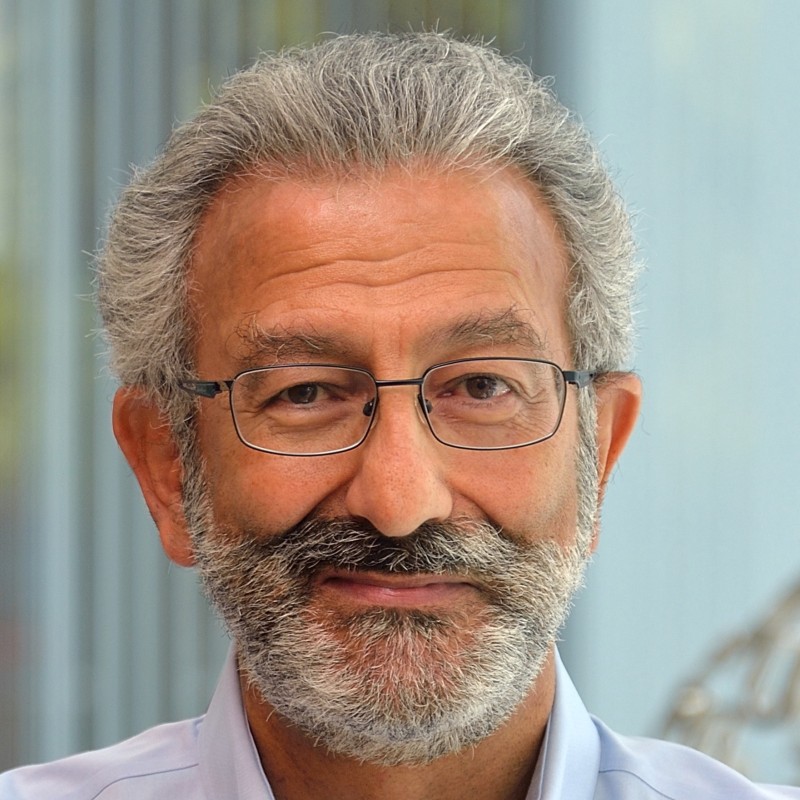
Nader Engheta, University of Pennsylvania
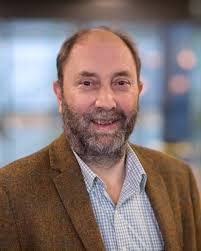
Gerrit Kroesen, Eindhoven University of Technology
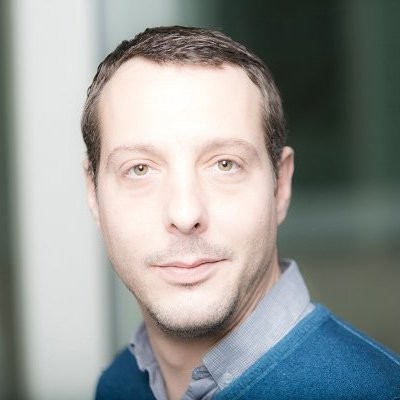
Geoffroy Lerosey, Greenerwave
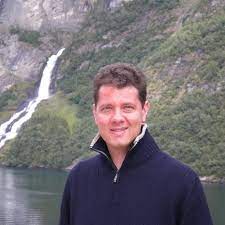
Claudio Massagrande, Huawei Italy

Romain Pascaud, ISAE-SUPAERO
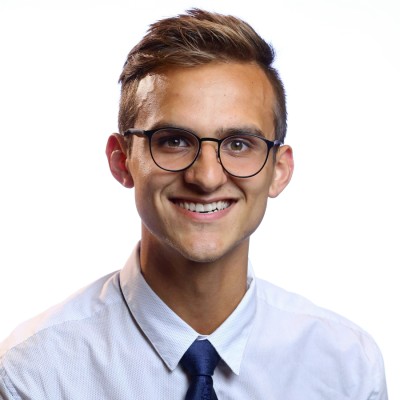
Jesse A. Rodríguez, Princeton University
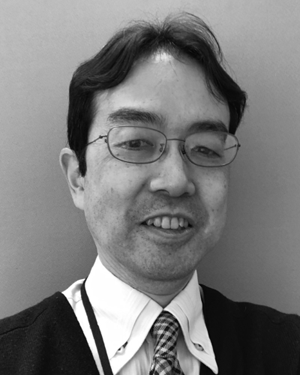
Osamu Sakai, The University of Shiga Prefecture
Program of the Workshop
| Title | Speaker | |
|---|---|---|
| 09.30 – 10.00 | Introduction to PULSE | Prof. Alessio Monti |
| 10.00 – 10.30 | Shaping electromagnetic waves with tunable metasurfaces for wireless communications and more | Dr. Geoffroy Lerosey (Greenerwave) |
| 10.30 – 11.00 | Bulk plasma and plasma/metamaterial composite for palmtop microwave controller | Prof. Osamu Sakai (The University of Shiga Prefecture) |
| 11.00 – 11.30 | Break | |
| 11.30 – 12.30 | Physics and the characterisation techniques for plasma discharges and microplasma discharges | Prof. Gerrit Kroesen (Eindhoven University of Technology) |
| 12.30 – 13.00 | Beyond 5G – technical and technological requirements for smart systems | Dr. Claudio Massagrande (Huawei Italy) |
| 13.00 – 14.30 | Lunch break | |
| 14.30 – 15.00 | Electrically small plasma antenna with tunable, stealth, and self-limiting capabilities | Prof. Romain Pascaud (ISAE-SUPAERO) |
| 15.00 – 16.00 | Structuring light with metasurfaces | Prof. Nader Engheta (University of Pennsylvania) |
| 16.00 – 16.30 | In-Situ Inverse Design of Plasma Metamaterials | Dr. Jesse A Rodríguez (Princeton University) |
| 16.30 – 17.00 | Conclusions | |
Abstract of the talks
Shaping electromagnetic waves with tunable metasurfaces for wireless communications and more
Dr. Geoffroy Lerosey
Greenerwave, Paris (France)
In this talk I will explain how, taking inspiration from adaptive optics, we have developed a technology of electronically reconfigurable surfaces to control the propagation of electromagnetic waves. I will first discuss the original idea of smart electromagnetics environments using such surfaces, that we pioneered 10 years ago and that led to the creation of Greenerwave. Then, I will discuss other possible applications of the technology, and make a link with the physics of plasmas.
Bulk plasma and plasma/metamaterial composite for palmtop microwave controller
Prof. Osamu Sakai
The University of Shiga Prefecture, Hikone (Japan)
Both plasma and metamaterials have been explored as tunable and/or designable media for electromagnetic waves. Stimulated by previous and ongoing achievements in metamaterial science and engineering, plasma itself and its metamaterial composite are currently installed in a palmtop laboratory device to control microwaves with extraordinary properties. In this talk, we exemplify their potential functions, such as absorbance, cloaking and lens-like focusing, based on theoretical and experimental results.
Physics and the characterisation techniques for plasma discharges and microplasma discharge
Prof. Gerritt Kroesen
Eindhoven University of Technology, Eindhoven (The Netherlands)
The presentation will kick of with an overview of the various regimes that exist for stable plasmas. Then the focus will narrow down on microplasmas, and examples will be given of (matrix) addressable (micro)plasmas, plasmas with extremely small dimensions, and finally also plasmas that can interact with Terahertz radiation on the micro-scale, even compatible with IC technology. An overview of available diagnostics that are compatible with microplasmas will conclude the presentation.
Beyond 5G – technical and technological requirements for smart systems
Dr. Claudio Massagrande
Huawei Italy, Milan (Italy)
The evolution path of communication systems from the 5th generation to the intermediate 5.5G and eventually to the 6th generation will involve a dramatic reduction in the latency and an equally dramatic increase in the number of interconnections between devices of different nature and, as a natural consequence, in the aggregated data traffic. In order to enable these advanced performances, novel architectures at system-level will need to be defined for specific scenarios and new technologies and components will need to be developed to support these new architectures. In this talk, I will first present an overview of 5.5G and 6G communication systems as they are currently being envisioned by the industry, and then discuss the main technical and technological advancements required in order to implement them.
Electrically small plasma antenna with tunable, stealth, and self-limiting capabilities
Prof. Romain Pascaud
ISAE-SUPAERO, Toulouse (France)
A gaseous plasma electrically small antenna (ESA) with tunable, stealth, and self-protection capabilities in the VHF/UHF band is presented. This antenna consists of an electrically small coaxial probe placed above a ground plane and surrounded by a hemispherical plasma discharge of radius much smaller than the operating wavelength. This low-pressure plasma discharge behaves in practice as a negative dielectric permittivity resonator at the antenna operating frequency that supports a localized surface plasmon resonance (LSPR) with intense electromagnetic radiation despite its small electrical size. When the plasma discharge is switched on, measurement results show antenna impedance matching from 220 to 407 MHz and a linearly polarized omnidirectional radiation with a measured gain approaching 0 dBi between 320 and 390 MHz, i.e., for an antenna radius between λ0/9 and λ0/7. Finally, the demonstration of the antenna self-protection capabilities against nuclear electromagnetic pulse (NEMP) are also reported.
Structuring light with metasurfaces
Prof. Nader Engheta
University of Pennsylvania, Philadelphia (USA)
Materials are often used to manipulate and control electromagnetic and optical signals. To achieve useful functionalities with waves we can utilize judiciously designed metamaterials and metasurfaces. In particular the extreme properties of such metastructures offer new possibilities in optics and photonics. In this talk, I will give an overview of some of the opportunities we can explore including analog computing with waves, 4D optics, and near-zero-index photonics. I will discuss their salient features and will forecast future possibilities.
In-Situ Inverse Design of Plasma Metamaterials
Dr. Jesse A. Rodríguez
Princeton University, Princeton (USA)
Inverse design techniques have been very fruitfully applied to electromagnetic (EM) devices composed of conventional materials. Inverse design is particularly suited for plasma EM devices as the tunable dielectric response of plasma allows for an infinite configuration space, tunable performance, and even for a single device to serve many functions. Most importantly, since plasma is dynamically reconfigurable, the optimization of the device can be carried out in-situ. In this talk, I will describe plasma metamaterial devices with a 2D photonic crystal structure that have been optimized to perform both beam steering and demultiplexing; and show how when the device is optimized in-situ, there is an immediate 100x improvement in performance.
PULSE – Plasma reconfigUrabLe metaSurface tEchnologies
Project number: 101099313 Starting date: 1 March 2023


